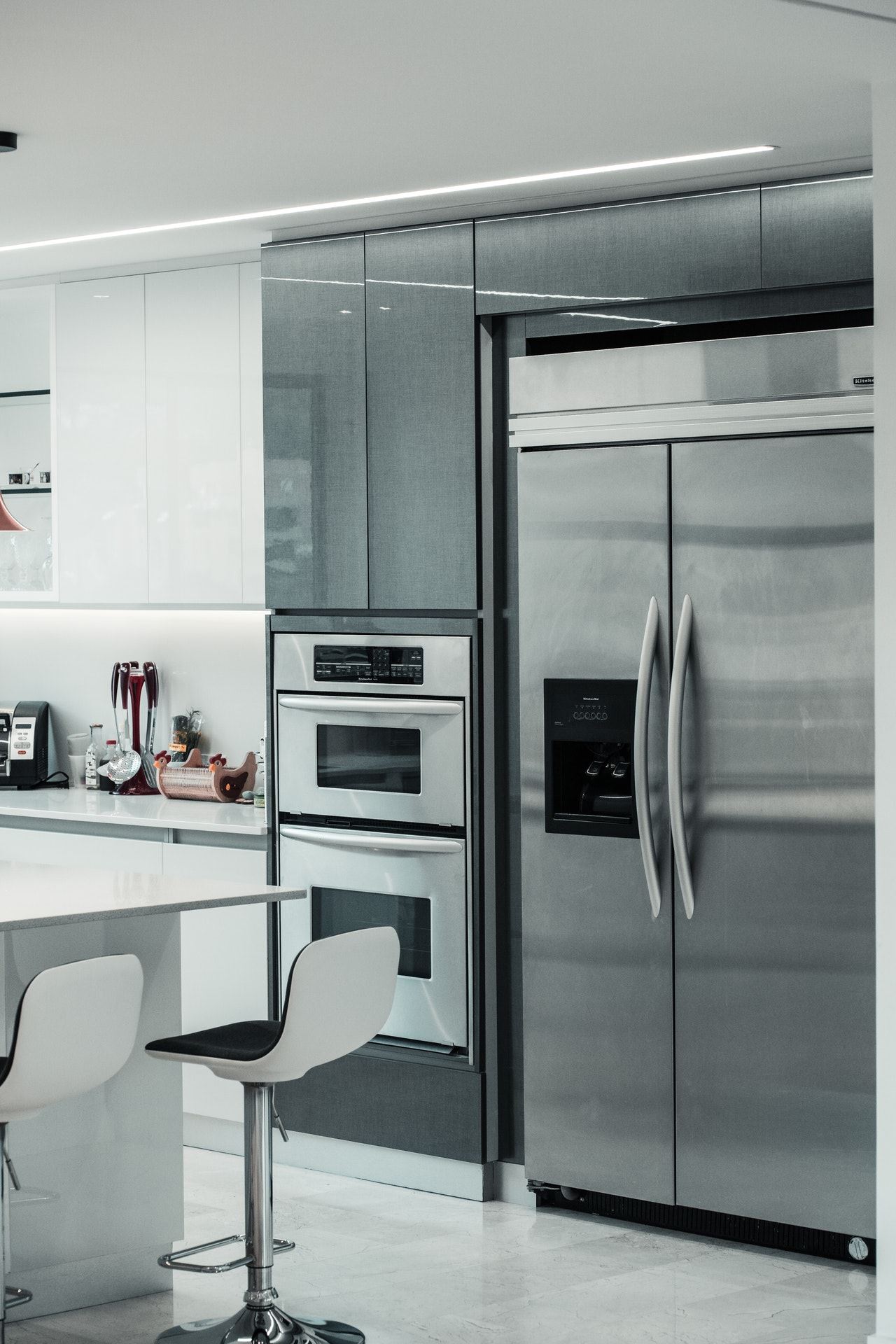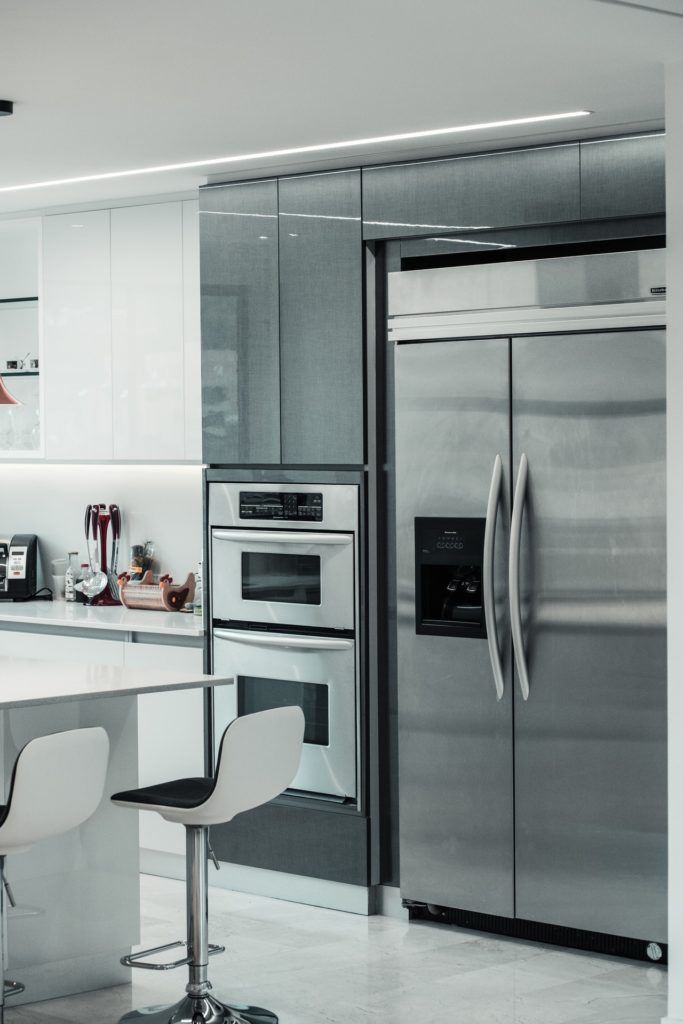If you can’t remember the last time you conducted your own home energy audit, then it’s been too long! Keep your home as energy-efficient as it can be and get around to it today. For those of you who don’t know where to start, we’re here to help give you a step-by-step walkthrough of how to gift your home with its very own audit.
Compare Energy Providers and Plans
The first thing you’ll want to do as part of your home energy audit is to make sure you’re getting the best deal on residential energy in your state. In order to do this, you can use our Energy Comparison Tool, which will let you compare energy or gas retailers (even both if you need to) and make the switch in minutes if you find a better deal. Technically, you don’t even need to be home to complete this first step.
There are a bunch of things to consider when you’re switching providers, which could include: fixed supply charges, late fees and any other charges, how you are able to receive and pay your bill and even the terms and conditions, amongst other things. If you’ve done all the cross-checking and you come to the decision that your current retailer is the best one for you, then that’s great! Whether you’ve compared and made the switch or not, that’s the first step of your home energy audit done and dusted. Go you!
Take a Look at Your Appliances
Going through your home and checking all of your appliances will give you a great idea as to how many need to be replaced. When you’re having a look around the house, make sure you take note of each appliance’s energy star rating. When it comes time to purchase a new appliance, knowing the star rating of the previous one will allow you to make a more energy-conscious decision. For example, let’s say you’ve got a dishwasher that has a 2-star energy rating. When you’re ready to replace it, being aware of its star rating will help you to purchase a new one that has a better rating. Small differences like this make a huge difference!
Another thing to look for when it comes to your appliances are those that are using heaps of energy. This could include old fridges and freezers, clothes dryers and in some cases, even washing machines. If you’ve got a smart meter, you’ll be able to see your energy consumption in more detail which could help you identify appliances that are chewing up a heap of energy. If you don’t have a smart meter, you could turn off all of the appliances except for the one you want to check and just monitor your standard electricity meter.
Get Unplugging
There are so many appliances in our homes that continue to consume energy even when they’re on standby. This is because these appliances will consume minimal amounts of energy but just on a constant basis. As you can imagine, it adds up.
One way to lower the amount of energy these sorts of appliances are consuming is to switch them off at the wall or just unplug the cord. You could start with something small like your mobile phone or laptop chargers. This might help you get into the habit of either switching off at the wall or taking the cord straight out, before you move on to bigger things like your television or microwave. If you’re keen to do more to combat the energy consumption from appliances on standby, you could even look at getting more advanced powerboards which allow you to switch off individual plugs or set timers.
Check Your Lighting and Insulation
Another way you can lower the energy that your household consumes is to make sure all of your lights are using LED bulbs. Over time, LED bulbs will offer bigger savings than its alternatives. The good thing is, making the switch is not too hard to do. You’ll find LED bulbs down at your local Coles or Woolies, just make sure you check the fittings of your lightbulbs at home so that you get the right ones (think screw-in, bayonet, etc.).
Don’t forget to go through your house and try to find any gaps under doors and around windows. Where there’s gaps, there’s air escaping; which means your aircon or your heating will have to work around the clock to make sure the space remains at the temperature that you set it to. If there are multiple gaps around your home, your cooling and/or heating systems could be consuming more energy.
Is There Anything Else You’d Add?
That’s it for our step-by-step walkthrough! If there’s anything you like to do when it comes to energy saving or anything else you think we should add to our list, get in touch on social media and let us know. Hopefully, you’ll start seeing the savings when you treat your home to its very own audit.











